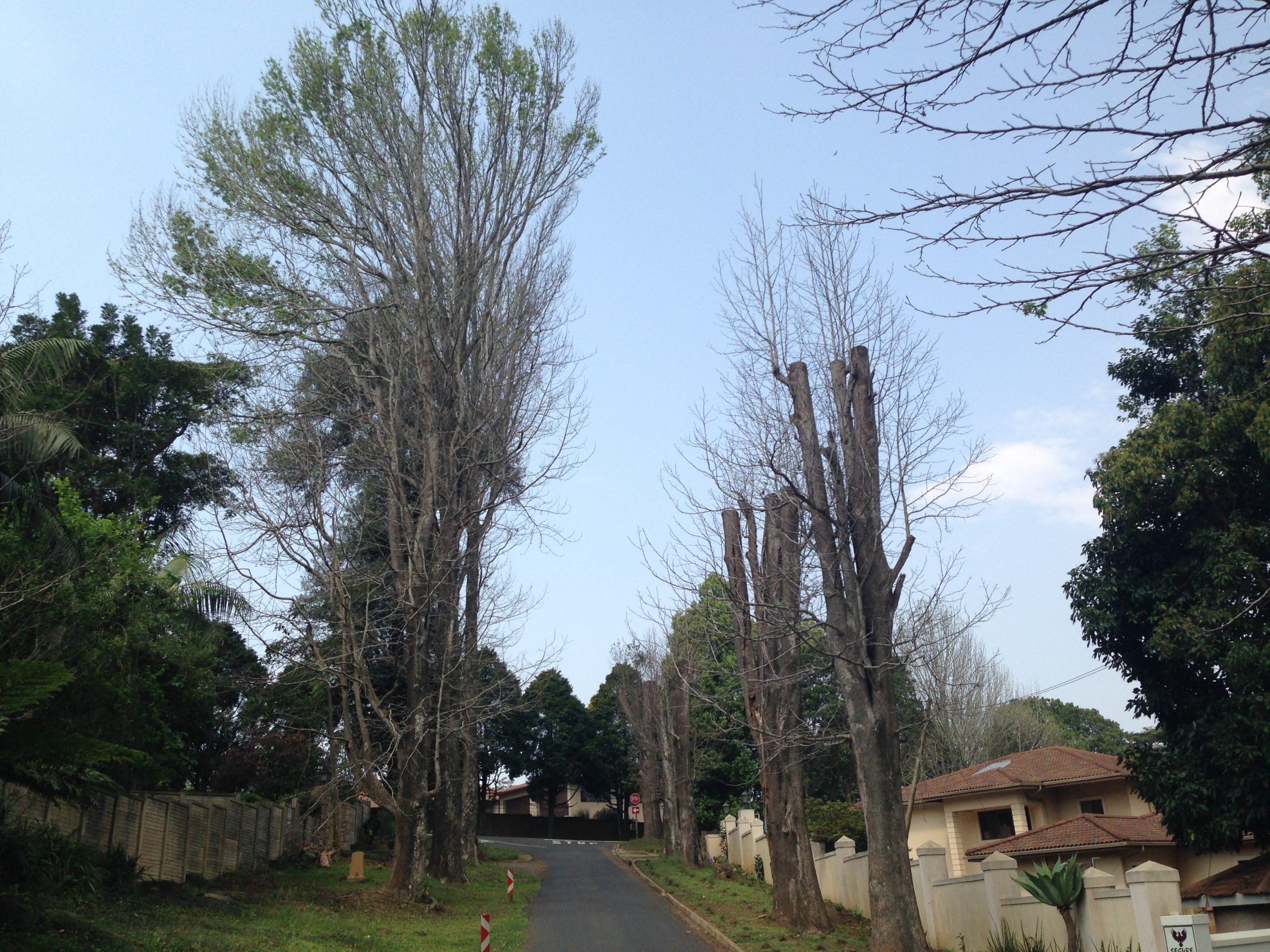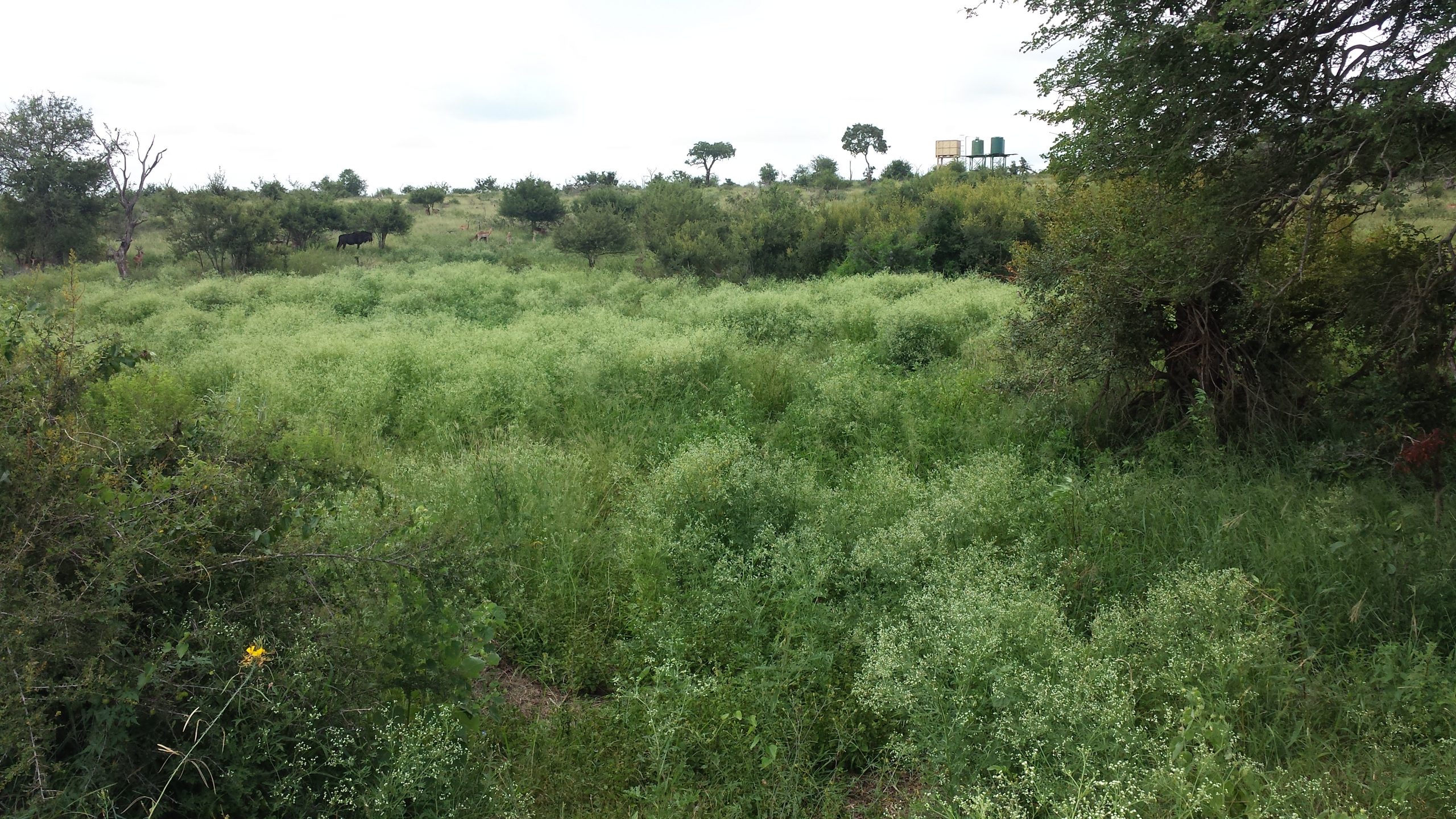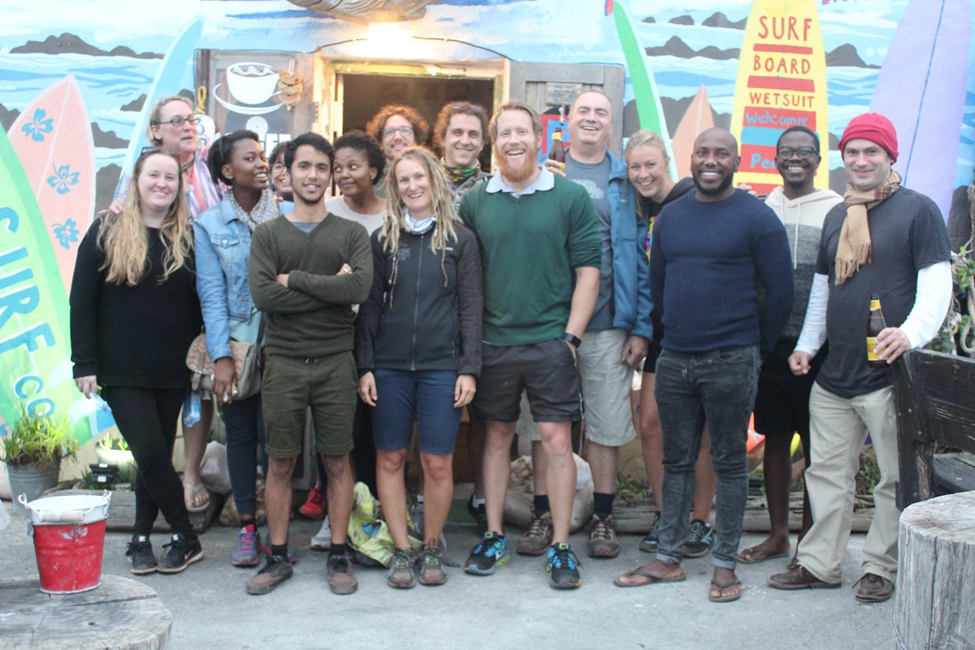Scientists warn of increasing threats posed by invasive alien species
Invasive alien species are one of the top five threats to biodiversity and ecosystems globally, yet only a handful of countries regard biosecurity measures as a priority.

Invasive alien species are one of the top five threats to biodiversity and ecosystems globally, yet only a handful of countries regard biosecurity measures as a priority.

In this commentary, a group of researchers, including C∙I∙B researchers and former C∙I∙B students, argue that when protected areas containing invasive alien species (IAS) are subjected to protected area downgrading, downsizing, and degazettement (PADDD), there is a higher chance that IAS will cause environmental and socioeconomic effects.
The first global-scale assessment of the phenomenon of invasive species was undertaken in the 1980s, as part of the international SCOPE programme on biological invasions.

Uncertainty is part and parcel of any scientific field. The point of scientific research is to acquire knowledge and to deal with different types of uncertainty to improve our understanding of natural phenomena and help us make projections about the future.

The water fern (Salvinia molesta) is an aggressive invader of freshwater systems where it affects the services that these ecosystems deliver. Fortunately, the use of a natural enemy of the water fern (a biological control agent), the weevil (Cyrtobagous salviniae) has been highly successful in many countries, including South Africa where the water fern is no longer considered to be problematic.